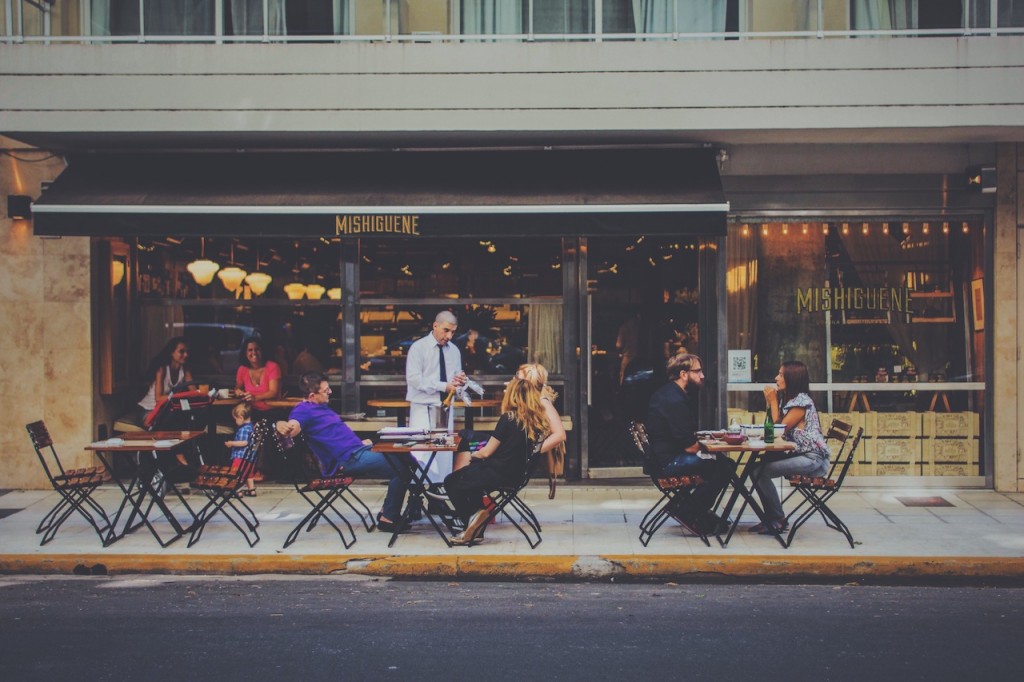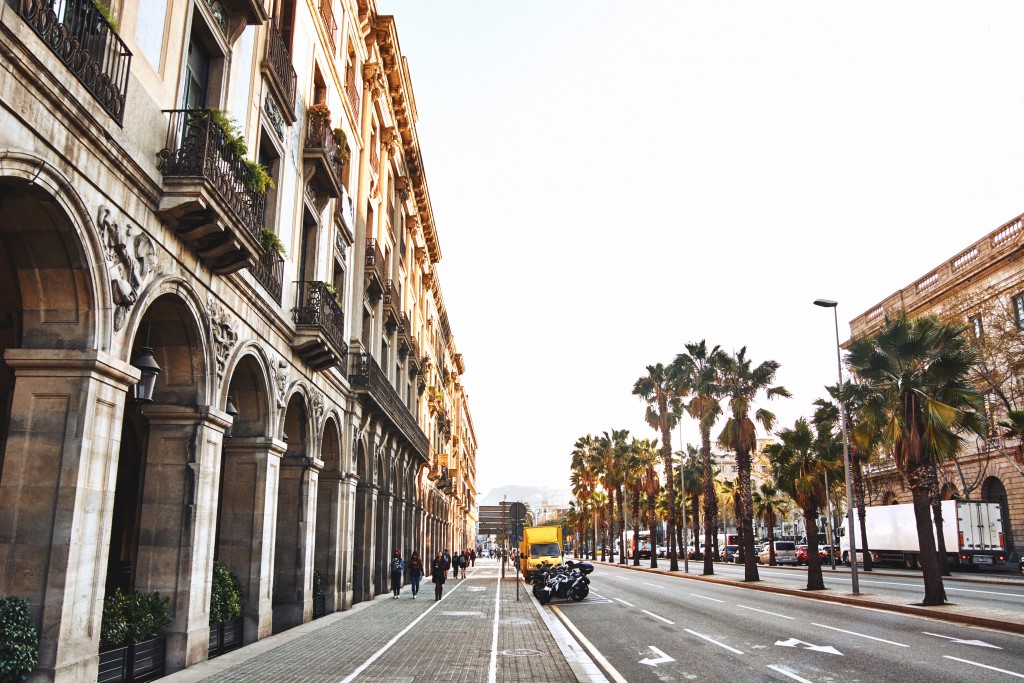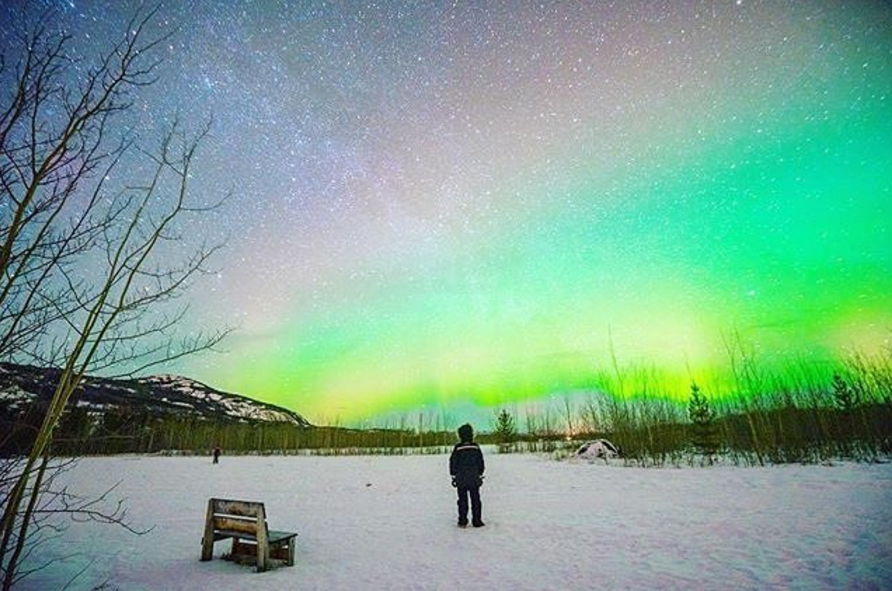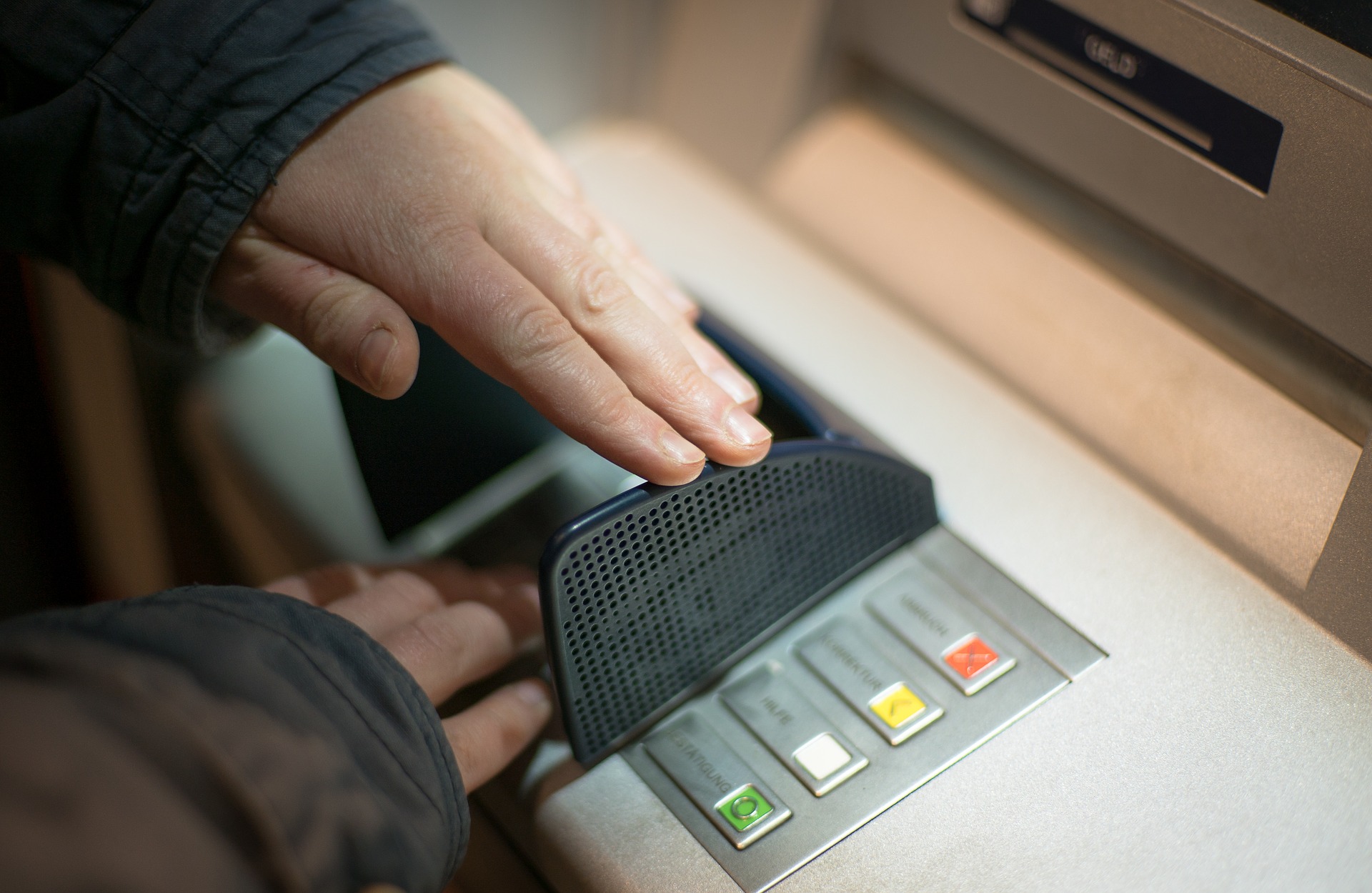The Ultimate Guide To Tipping In 18 Different Countries

Rebecca Russo is a freelance writer, editor, community radio dabbler,…
Picture this: you’re prepping for your first trip to America. You’ve got your ESTA Visa sorted, your camera at the ready and your stretchy pants on hand for all the food you’ll inevitably be consuming. But there’s one thing that’s been bugging you ever since you started planning your trip: tipping.
Tipping isn’t something we deal with on a daily basis here in Australia. Sure, local cafés have tip jars, but waitstaff in Australia are generally paid a liveable wage, so it’s not necessarily expected that customers will prop up their pay cheques with a few extra dollars. But it’s a different story when travelling.
[related_articles]37924,59116[/related_articles]Tipping rules can vary by country, by region, and even by scenario – tipping in a restaurant is often different to tipping a cab driver or walking tour guide, for example. Then there’s also the tricky case of tipping in cash versus using your card (which can be done, but it can be difficult).
Here’s a handy guide to tipping etiquette in 18 different countries.
Argentina

It’s customary to add a 10 to 15 percent tip to restaurant bills in Argentina. For taxis, tips aren’t usually expected, but are always appreciated.
Brazil
A routine 10 percent serviço fee is routinely included in the bill in Brazil, so there’s no need to tip, but rounding up for cab drivers is kind of an unwritten rule.
Canada
As with the US, gratuities aren’t included on bills, so the tipping standard is usually 15 to 20 percent.
China
Like many Asian countries, China has a no-tipping culture. If you’re dining or drinking at a place frequented by locals, there’s no need to tip. But if you’re at a fine-dining establishment, you may notice a 10 to 15 percent service charge added to your bill – there’s no need to tip on top of this.
Czech Republic
When you’re visiting Prague, check your bills to see if service is included in the total amount. If not, aim to tip 10 to 15 percent. Where taxis are concerned, there’s no need to tip if there was an agreed upon fare.
As with many growing tourist areas, tips aren’t always expected, but are becoming the done thing.
France
At the bottom of the restaurant bill in France will be the line “service 15 percent compris“, which means the the price on the menu includes tax and tips – there’s no hidden surprises. But it’s common for waitstaff in France to be on fixed contracts or salaries, so this money usually goes straight to the restaurant owner. So, it’s customary to leave an additional tip on the table of anywhere between €2 if you received great service and 15 percent if it was exceptional.
Round up to the nearest Euro for taxis.
India
In India, prepare to tip 10 percent to waiters or a few rupees more at a fancier place. Keep an eye out, because some places now include a 10 percent service charge on your bill.
Indonesia

In Indonesia, a 10 percent tip is included in the bill, but tips are appreciated and happily accepted.
Italy
For restaurant bills in Italy, it’s common to round up or leave a 10 percent tip, but no more than that. Check the bill for a coperto, or cover charge, to see if the restaurant has already charged you for service – this is common in restaurants in touristy areas.
Japan
As in China, tipping is neither mandatory or expected in Japan. It’s also considered rude to offer a waiter a cash tip and doing so might lead to confusion. If you insist on tipping, put your Yen in a small envelope and give it directly to your server.
[related_articles]63494[/related_articles]Mexico
In Mexico, tipping 10 to 15 percent is the norm and cash is often preferred. If there’s an amount listed as “IVA” on your bill, this is 16 percent of the bill, so you can tip that instead if you choose.
Peru
In Peru, tipping has become customary in big tourist cities like Lima and Cusco, so it’s normal to tip an extra 10 to 15 percent at nicer establishments. If you’re feeling generous, leaving a few extra soles at even the smaller restaurants is always greatly appreciated.
South Africa
A 10 to 15 percent tip for restaurant bills is standard in South Africa.
Spain

In Spain, round up the bill to anywhere between seven and 13 percent and leave your tip in cash if possible. Debit and credit cards are widely accepted, but it’s good to keep a few Euros on hand to leave at the table.
There’s no need to tip at bars.
Thailand
Tipping isn’t customary in Thailand, but if you receive great service, it’s polite to leave a few baht on the table when you leave.
United States
With low minimum and base wages – particularly in service industries – millions of American workers rely on tips for their livelihood. Tips of fifteen to 20 percent in restaurants is the norm – this goes on top of the total price, where you’ll also find the additional sales tax that didn’t appear on the menu (annoying, I know).
[related_articles]58522[/related_articles]If you’re at a bar, sling an extra dollar or two per beverage to your dutiful bartender as well. A good rule of thumb is to stock up on a fat wad of one dollar bills when you get the chance – they will come in handy.
United Kingdom
When you’re in the UK, first check the bill to see if a service charge has already been included. If not, add 10 to 15 percent to the bill. There’s no need to tip at the pub, so treat yourself to that second pint.
Vietnam
In Vietnam, check the bill to see if gratuity is included. If it isn’t, you could leave 10 percent, preferably in cash.
Rebecca Russo is a freelance writer, editor, community radio dabbler, occasional hiker and autobiography enthusiast. She has written for online publications including Junkee, The Cusp, Fashion Journal and Tone Deaf. Find her online here.









